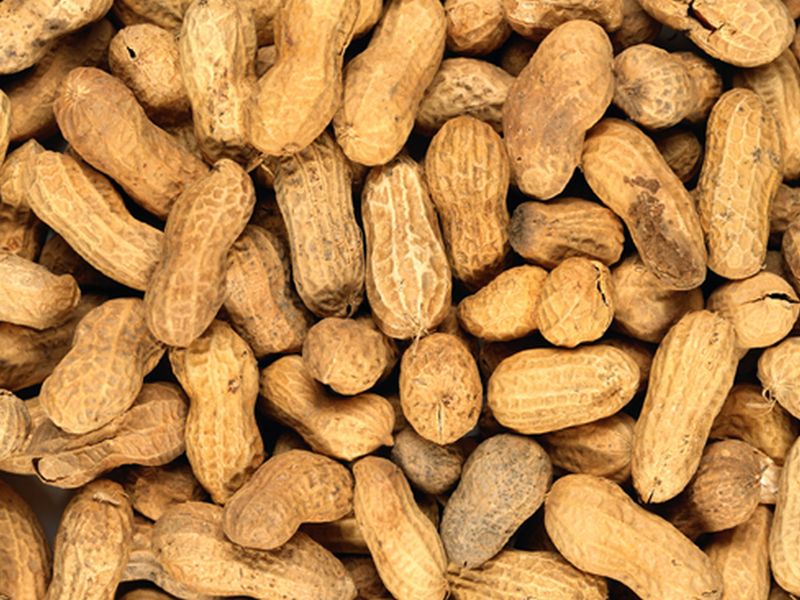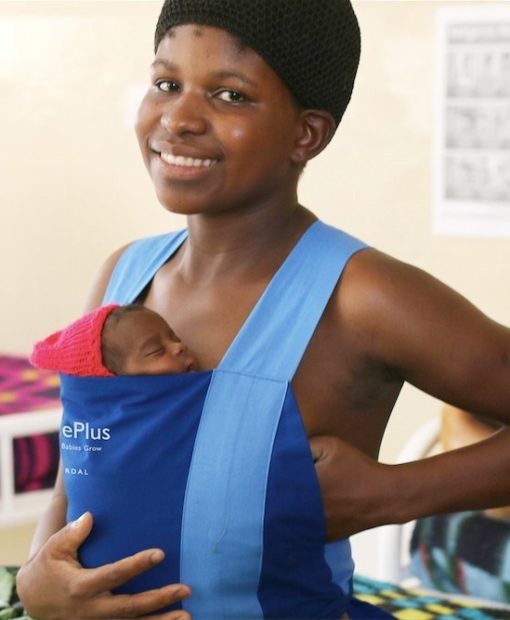
THURSDAY, Aug. 18, 2016 (HealthDay News) — A treatment for peanut allergies may work better if it’s given to children earlier, even as young as 9 months, before the body’s “allergic program” fully matures, new research suggests.
The treatment is called oral immunotherapy — also known as exposure therapy. In this approach, peanut-allergic children are given very tiny amounts of peanut allergen as directed by a doctor. Over time, these small amounts of the allergen are thought to lessen the body’s reaction to it.
“If you are peanut-allergic, treatment early in life can have a longer benefit after stopping the treatment,” said study leader Dr. Wesley Burks. He’s a pediatric allergist at the University of North Carolina at Chapel Hill School of Medicine.
The new study included 37 children between 9 months and 36 months old. They were given either high- or low-dose peanut exposure daily for about 29 months.
All of the children were given no peanuts for a month after the treatment. Then, peanut protein was reintroduced.
Nearly 80 percent of the infants and toddlers on either treatment dose were able to eat peanut-containing foods without having an allergic reaction, Burks said.
“After the study we have continued to follow them and the group is still doing well,” he said. The follow-up period is now two years, and the benefits are longer-lasting than other studies have found, he said.
The results held whether the children got the low-dose therapy, 300 milligrams (mg) of peanut protein a day, or the high dose, 3,000 mg, the study showed.
Burks also compared the 37 children with 154 other peanut-allergic children, and found those who got exposure therapy were 19 times more likely to be able to eat peanuts without a problem.
Treating kids earlier may also spare them gastrointestinal symptoms, Burks said. While older children aged 5 to 7 often complain of stomach problems during exposure therapy and must drop out, “we didn’t see that in these younger kids,” he said.
Burks stressed that the point of exposure therapy is not so that children can eat peanuts carte blanche, but so kids can avoid a life-threatening reaction if they unknowingly eat a food with added peanut.
This goal is usually what parents of peanut-allergic children want. “Most want protection from accidental ingestion,” he said.
There was one important caveat: Parents should never try exposure therapy on their own, Burks said.
“It is not something a parent can do at home safely,” he said. “If they did they would run the risk of serious allergic reactions.”
In this study, parents were given special sealed packets of peanut protein and instructed to sprinkle it on foods such as pudding or ice cream.
The researchers think starting treatment early may disrupt the “allergic program” that takes time to set in children.
Children allergic to peanuts and other foods often begin producing antibodies known as IgE (immunoglobulin E) in infancy. These antibodies travel to cells that release chemicals and cause the allergic reaction. This allergic program takes a while to mature, and starting exposure therapy earlier might better interrupt this process before full maturation.
In the new study, “we could see that those with a lower peanut IgE at the start had better outcomes,” Burks said.
This was true, he said, even though “the amount of IgE does not correlate with the severity of the reaction.” The therapy is thought to work, Burks said, by gradually changing the reactions of the cells that trigger the allergic reaction.
The hope is that after early treatment is stopped, children will continue to have long-term results, Burks said. An ongoing, larger study is underway now, continuing to assess early treatment, he said, and to confirm the findings in the study.
According to Dr. Jefry Biehler, chair of pediatrics at Nicklaus Children’s Hospital in Miami and at Florida International University College of Medicine, the new study shows that allergy experts ”are continuing to refine the treatments for children with peanut allergy and other potentially life-threatening reactions to food and other allergens.” Biehler wasn’t involved with the current study, but reviewed its findings.
The finding that even the low-dose therapy worked is more good news, he said. Biehler had one serious caveat, however. Children with potentially life-threatening allergies, including peanut allergies, should be managed with pediatricians, allergists and immunologists working together, he cautioned.
The study was published online Aug. 10 in the Journal of Allergy and Clinical Immunology.
More information
To learn more about peanut allergy, visit the American College of Allergy, Asthma and Immunology.

 August 18, 2016
August 18, 2016




 June 26, 2017
June 26, 2017 



